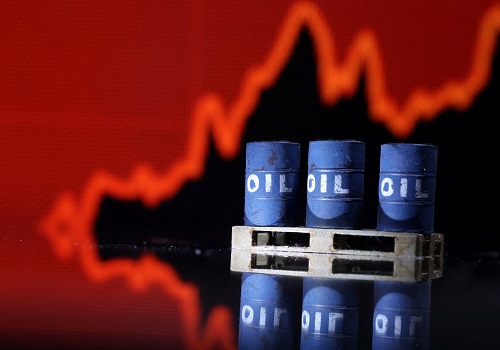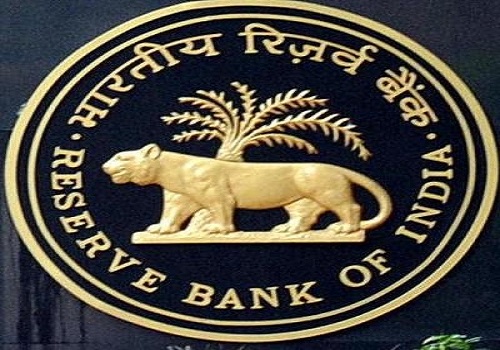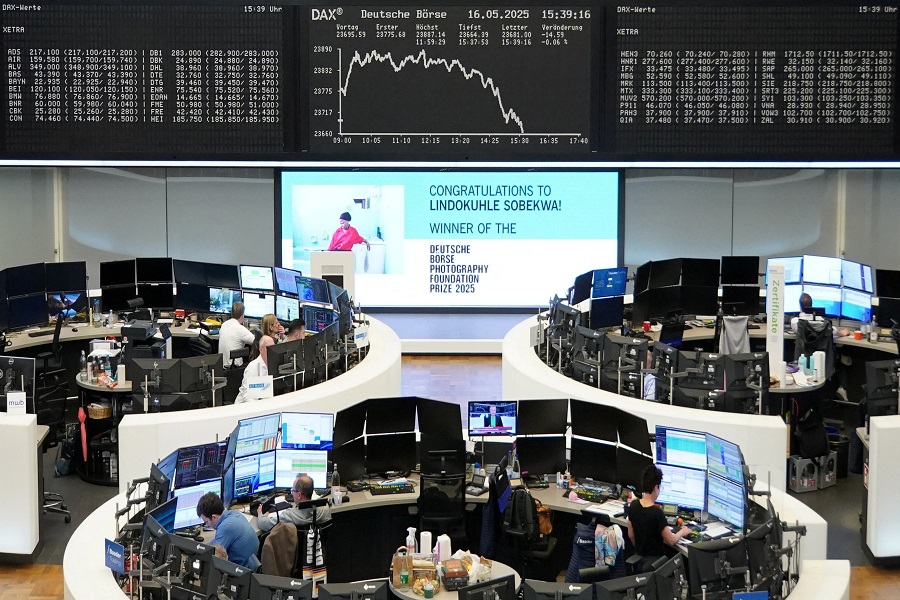Oil prices fall after Iran attack as market draws down risk premium

Oil prices fell during trade on Monday, as market participants dialled back risk premiums following Iran's attack on Israel late on Saturday which the Israeli government said caused limited damage.
Brent futures for June delivery fell 20 cents, or 0.2%, to $90.25 a barrel while West Texas Intermediate (WTI) futures for May delivery were down 33 cents, or 0.4%, at $85.33 a barrel by 0225 GMT.
The attack involving more than 300 missiles and drones was the first on Israel from another country in more than three decades, raising concerns about a broader regional conflict affecting oil traffic through the Middle East.
But the attack, which Iran called retaliation for an air strike on its Damascus consulate, caused only modest damage, with missiles shot down by Israel's Iron Dome defence system. Israel, which is at war with Iran-backed Hamas militants in Gaza, has neither confirmed nor denied it struck the consulate.
"An attack was largely priced in the days leading up to it. Also the limited damage and the fact that there was no loss of life means that maybe Israel's response will be more measured," said Warren Patterson, head of commodities strategy at ING.
"But clearly, there is still plenty of uncertainty and it all depends on how Israel now responds."
As Iran currently produces over 3 million barrels per day (bpd) of crude oil as the fourth-largest producer within the Organization of the Petroleum Exporting Countries (OPEC), supply risk includes more strictly enforced oil sanctions and that Israel's response could include targeting Iran's energy infrastructure, ING said in a client note on Monday.
But if there was significant supply loss, the U.S. could release further crude oil from its strategic petroleum reserves, while OPEC has over 5 million bpd of spare production capacity, it said.
"If prices were to rally significantly on the back of supply losses, one would imagine that the group would look to bring some of this spare capacity back onto the market. OPEC will not want to see prices going too high given the risk of demand destruction."
Oil benchmarks had risen on Friday in anticipation of Iran's retaliatory attack, touching their highest levels since October.
Despite the limited damage, analysts were widely expecting at least a short-lived rally in prices this morning, but that more significant and longer-lasting price effects from the escalation would require a material disruption to supply, such as constraints on shipping in the Strait of Hormuz near Iran.
So far, the Israel-Hamas conflict has had little tangible impact on oil supply.
The "strike on Iran's embassy in Syria and Iran's retaliation have raised tension in the Middle East. However, we don't expect an immediate reaction in crude oil prices given ample spare capacity and an already elevated geopolitical risk premium," said ANZ Research analysts in a note.
"Israel's response will determine whether the escalation ends or continues. The conflict could still be contained to Israel, Iran and its proxies, with possible involvement of the U.S. Only in an extreme case do we see it realistically impacting oil markets."
Elsewhere, a less certain path to interest rate cuts by the U.S. Federal Reserve due to persistent U.S. inflation also weighed on prices, said IG market analyst Tony Sycamore.
"However, in the medium term, ongoing geopolitical instability in the Middle East and Europe (between Ukraine and Russia) means that all the risks remain to the topside in crude oil towards $90," he said.
























